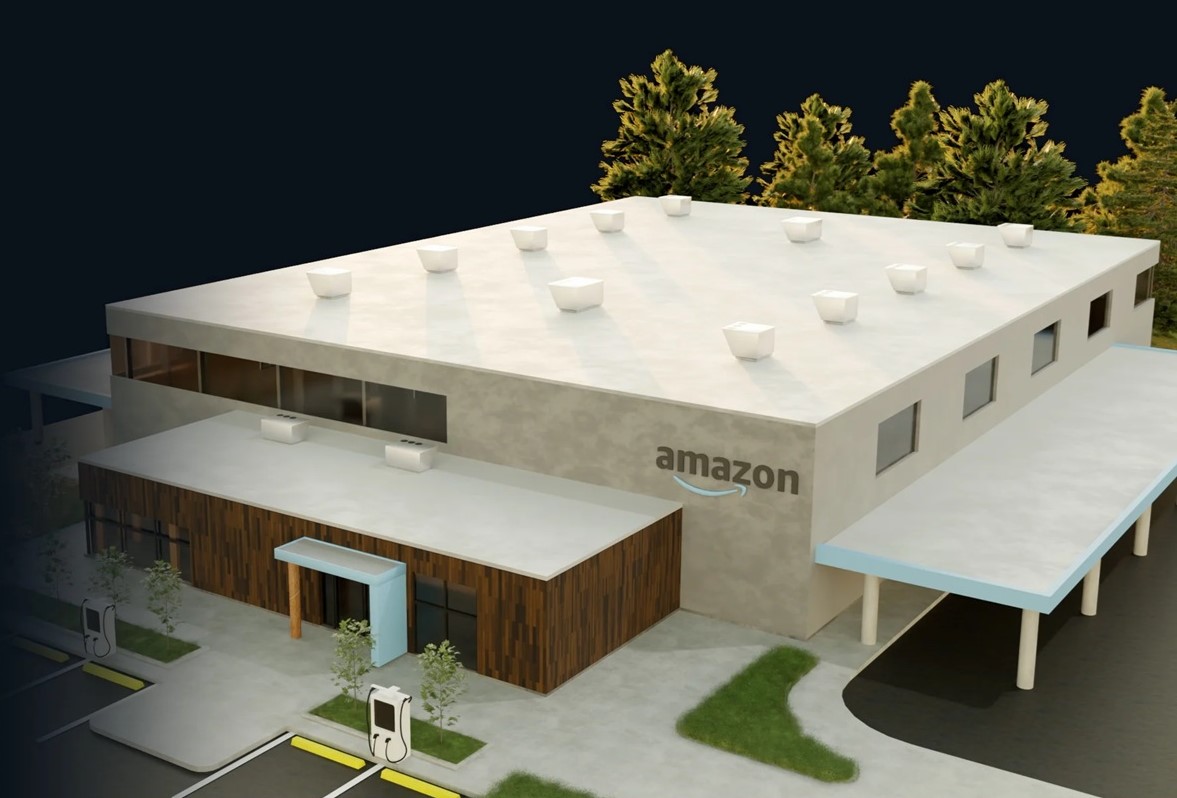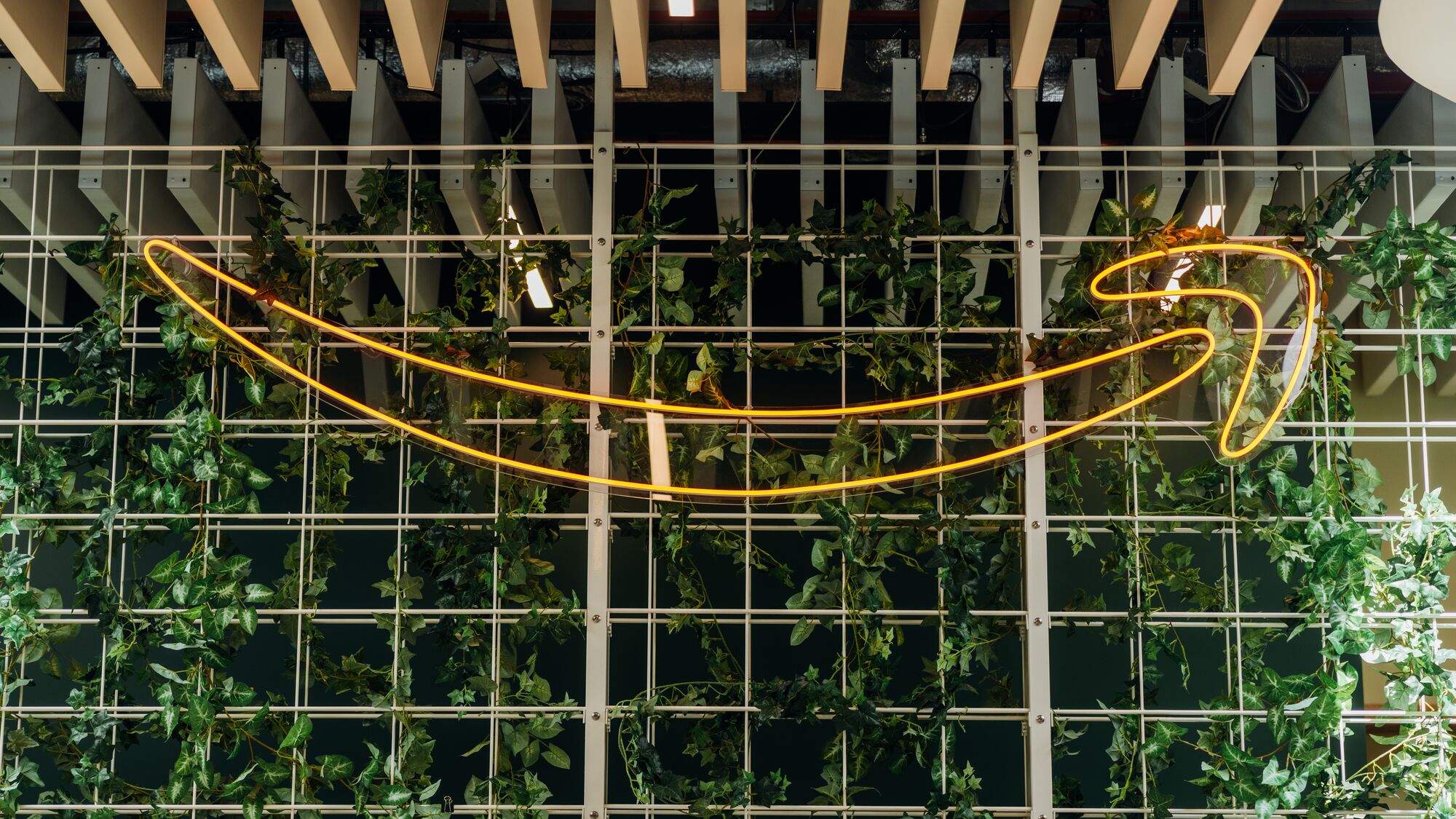To do this, we focus on the direct emissions that result from powering our buildings and the indirect emissions from the embodied carbon—the carbon emitted during construction—in our building materials and equipment. We use proven technologies to enhance efficiency, while also testing new ideas with The Climate Pledge Fund to transition our buildings to net-zero carbon.
We consider a wide range of sustainability strategies across our buildings, which include corporate offices, fulfillment facilities, physical stores, film studios, and data centers. No matter the building type, we focus on five key areas when it comes to decarbonization:
- Prioritize carbon-free energy
- Increase energy efficiency
- Use lower-carbon refrigerants
- Use lower-carbon construction materials
- Reduce onsite water consumption and waste generation

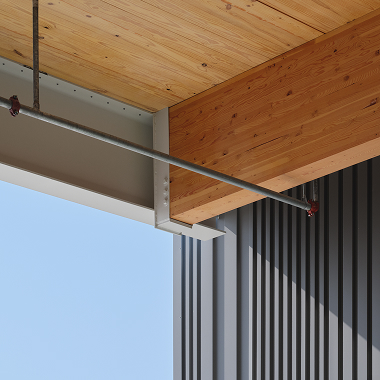
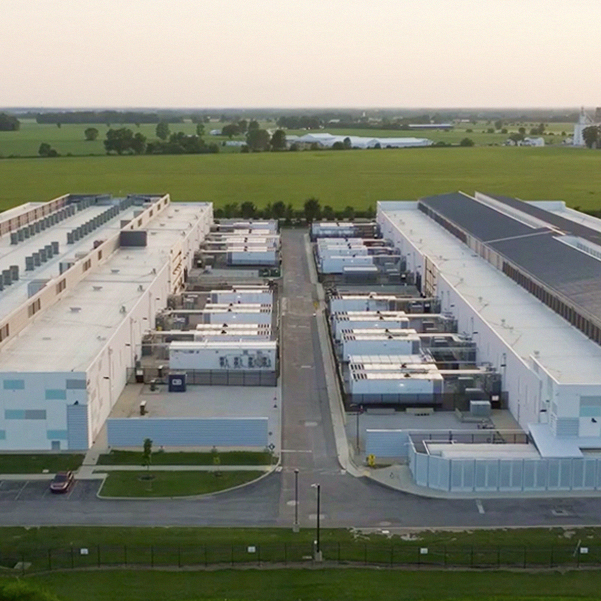
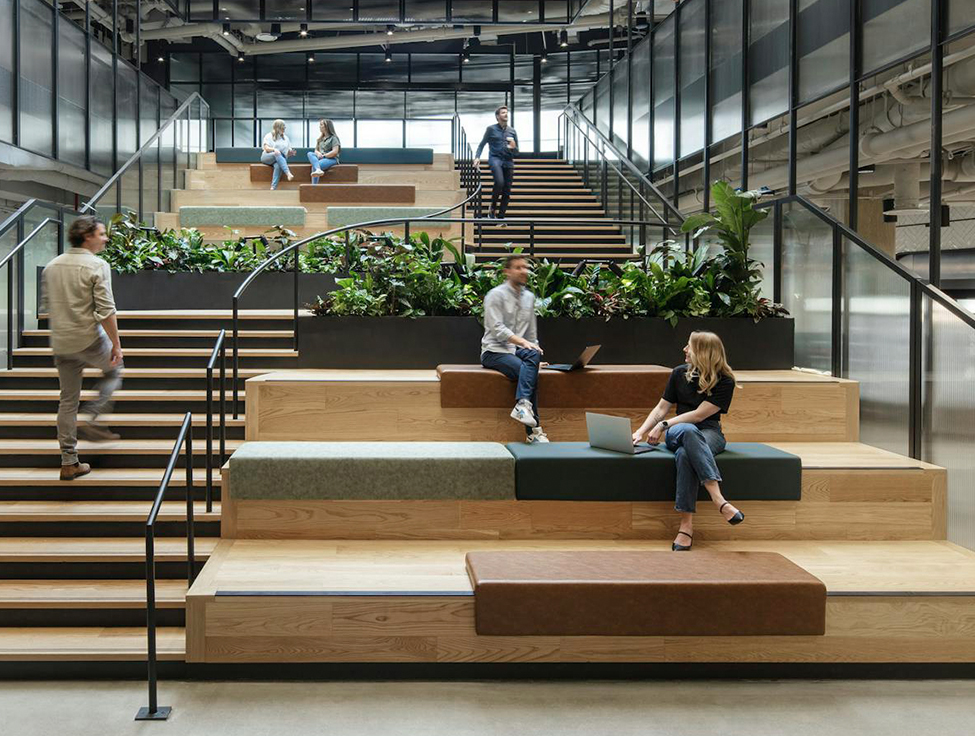
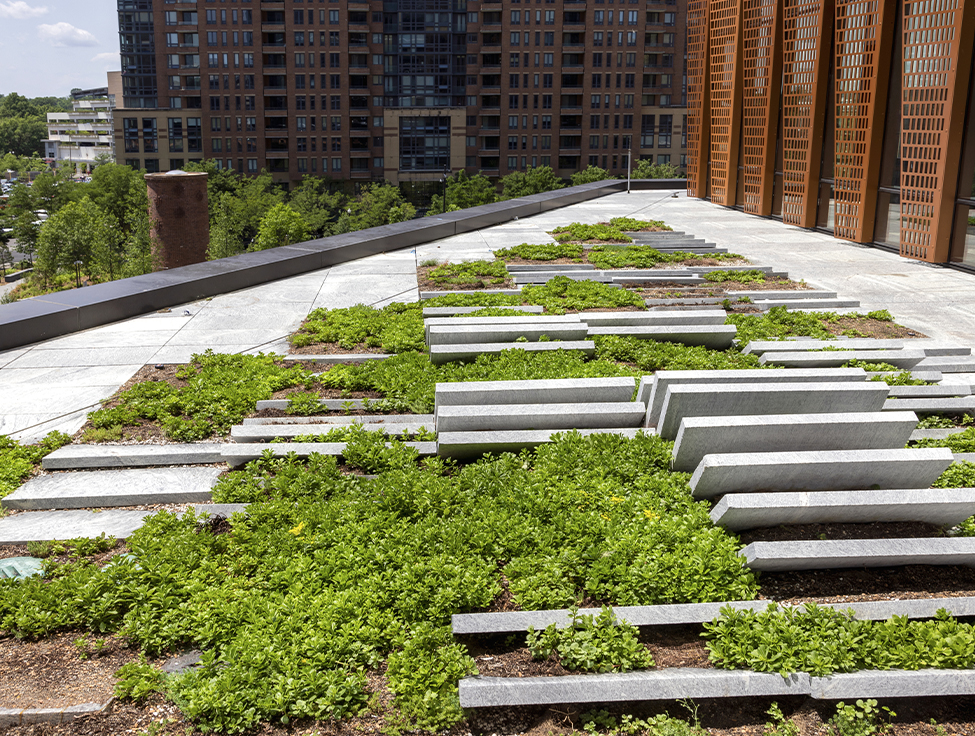
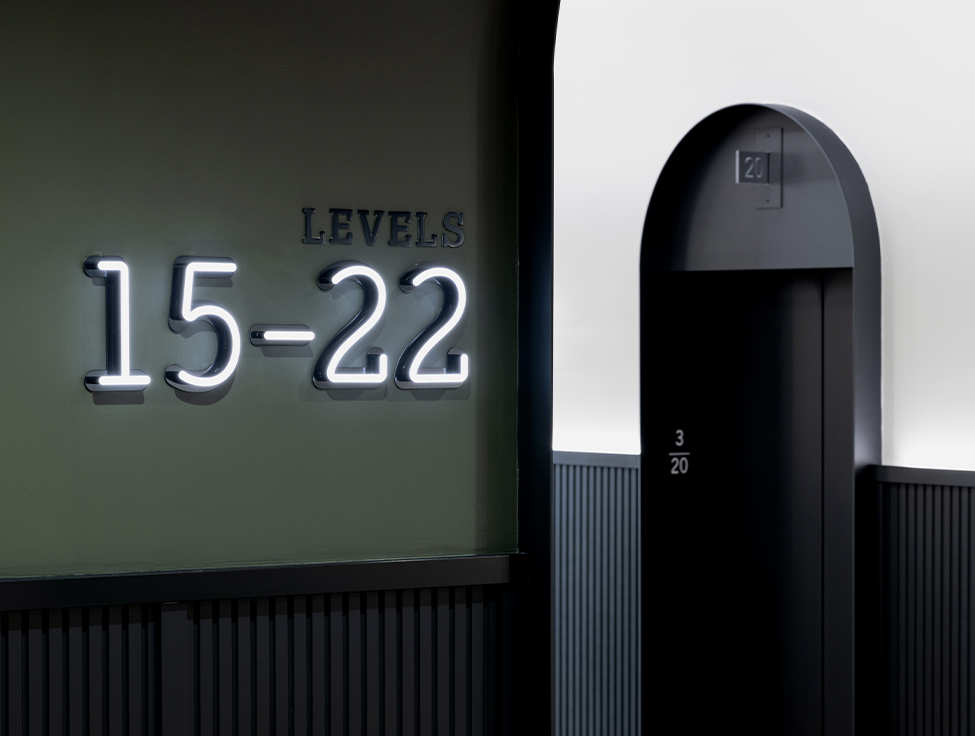
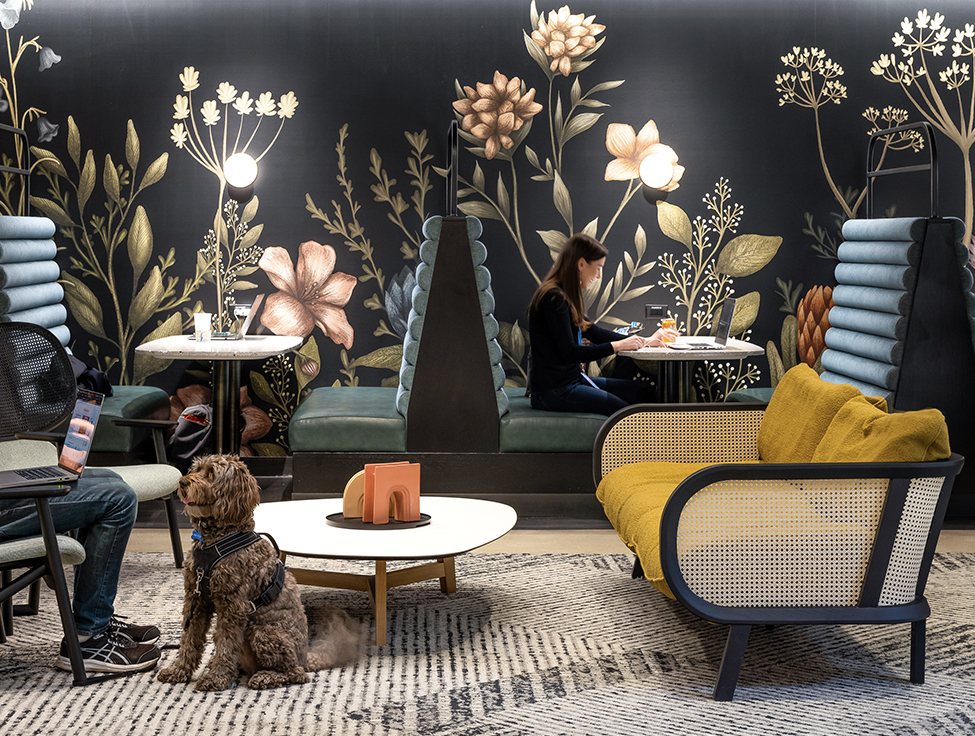
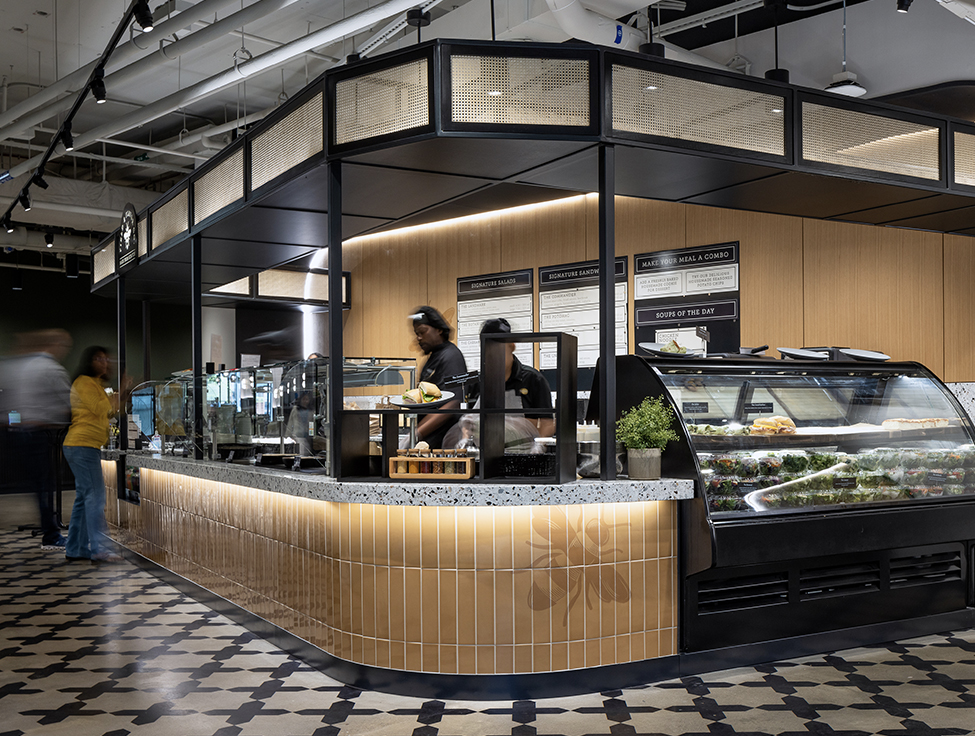



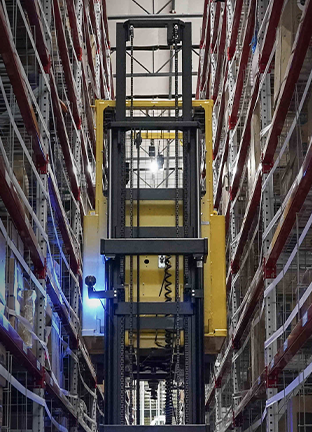
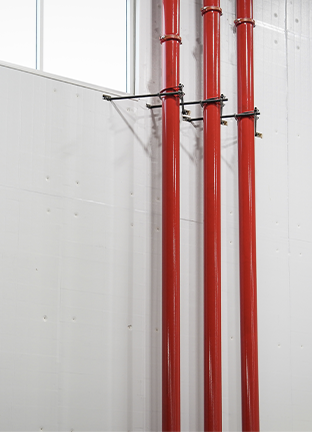
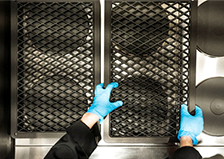

.jpg)
